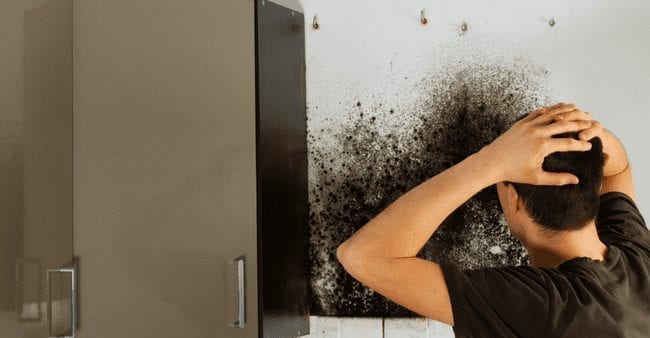Guide To Water Leak Detection In Your Home
Guide To Water Leak Detection In Your Home
Blog Article
What're your ideas regarding Top leak detection hacks?

Early detection of leaking water lines can alleviate a potential catastrophe. Besides conserving you cash, it will certainly decrease the aggravation as well as disappointment. The moment you find a leakage, calling your plumber for repair work is the very best option. Nonetheless, some small water leakages might not show up. If you can not identify it with your nude eyes, right here are some hacks that assist.
1. Analyze the Water Meter
Every house has a water meter. Checking it is a guaranteed way that helps you uncover leakages. For beginners, turn off all the water resources. Make sure no person will flush, use the tap, shower, run the washing device or dish washer. From there, go to the meter and watch if it will change. Given that no one is utilizing it, there should be no activities. That indicates a fast-moving leakage if it relocates. Likewise, if you detect no changes, wait a hr or 2 and also check back once again. This implies you might have a sluggish leak that could also be underground.
2. Examine Water Usage
If you identify abrupt modifications, in spite of your intake being the very same, it means that you have leakages in your plumbing system. An abrupt spike in your costs shows a fast-moving leak.
At the same time, a constant boost each month, despite the very same habits, shows you have a slow-moving leakage that's also gradually escalating. Call a plumber to thoroughly examine your property, particularly if you feel a cozy location on your floor with piping underneath.
3. Do a Food Coloring Examination
30% comes from commodes when it comes to water usage. Test to see if they are running properly. Decline specks of food shade in the container as well as wait 10 minutes. There's a leakage between the tank and also bowl if the shade in some way infiltrates your dish throughout that time without flushing.
4. Asses Exterior Lines
Do not neglect to examine your outside water lines as well. Should water seep out of the connection, you have a loose rubber gasket. One small leak can squander tons of water as well as surge your water expense.
5. Examine and also Evaluate the Situation
Home owners should make it a routine to examine under the sink counters and also inside cabinets for any bad odor or mold growth. These two warnings suggest a leakage so prompt focus is called for. Doing regular inspections, also bi-annually, can save you from a significant issue.
Check for stainings and also deteriorating as most pipes and also devices have a life expectancy. If you presume leaking water lines in your plumbing system, don't wait for it to intensify.
Early detection of dripping water lines can reduce a possible calamity. Some tiny water leakages may not be noticeable. Examining it is a proven method that assists you discover leakages. One small leakage can squander heaps of water and spike your water bill.
If you think dripping water lines in your plumbing system, do not wait for it to escalate.
WARNING SIGNS OF WATER LEAKAGE BEHIND THE WALL
PERSISTENT MUSTY ODORS
As water slowly drips from a leaky pipe inside the wall, flooring and sheetrock stay damp and develop an odor similar to wet cardboard. It generates a musty smell that can help you find hidden leaks.
MOLD IN UNUSUAL AREAS
Mold usually grows in wet areas like kitchens, baths and laundry rooms. If you spot the stuff on walls or baseboards in other rooms of the house, it’s a good indicator of undetected water leaks.
STAINS THAT GROW
When mold thrives around a leaky pipe, it sometimes takes hold on the inside surface of the affected wall. A growing stain on otherwise clean sheetrock is often your sign of a hidden plumbing problem.
PEELING OR BUBBLING WALLPAPER / PAINT
This clue is easy to miss in rooms that don’t get much use. When you see wallpaper separating along seams or paint bubbling or flaking off the wall, blame sheetrock that stays wet because of an undetected leak.
BUCKLED CEILINGS AND STAINED FLOORS
If ceilings or floors in bathrooms, kitchens or laundry areas develop structural problems, don’t rule out constant damp inside the walls. Wet sheetrock can affect adjacent framing, flooring and ceilings.
https://www.servicemasterbyzaba.com/blog/how-to-detect-water-leakage-in-walls/

I discovered that piece about Locating water leaks while doing a lookup on the search engines. Don't hesitate to take the opportunity to share this article if you enjoyed reading it. Kudos for your time. Kindly visit our website back soon.
Report this page